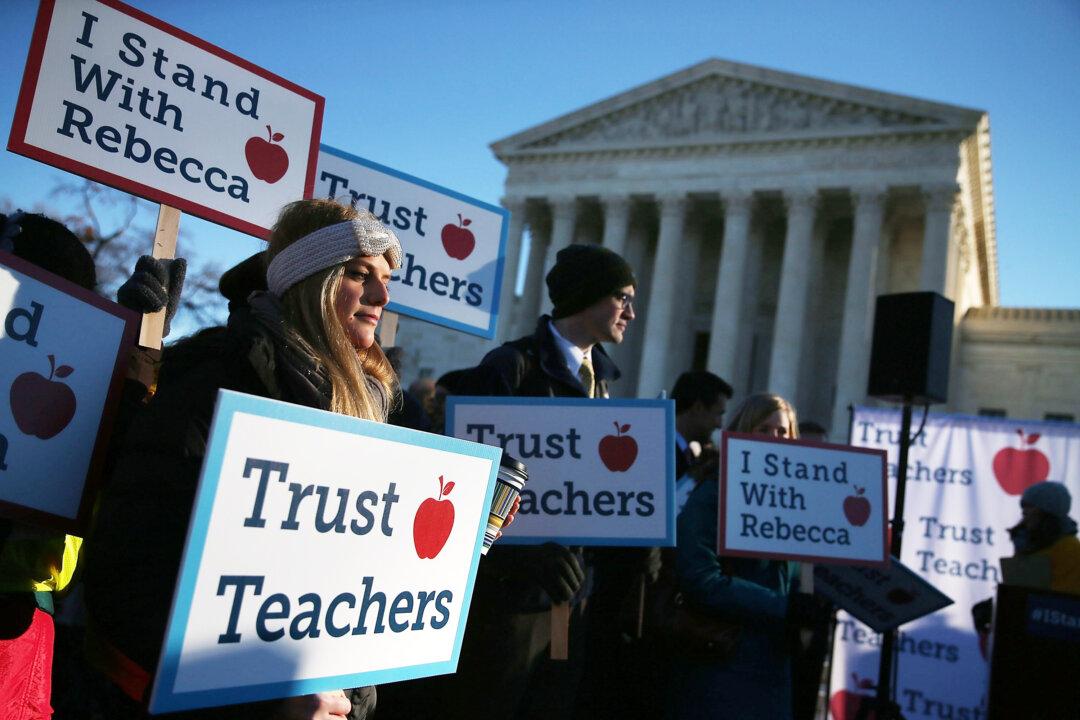California’s high-speed rail project has faced increasing criticism recently by lawmakers and independent observers due to its extremely high cost, delays, and alleged corruption.
In 2008, voters approved Proposition 1A, which authorized the state to allocate $9.95 billion to build the high-speed rail. It also required matching federal funds.




